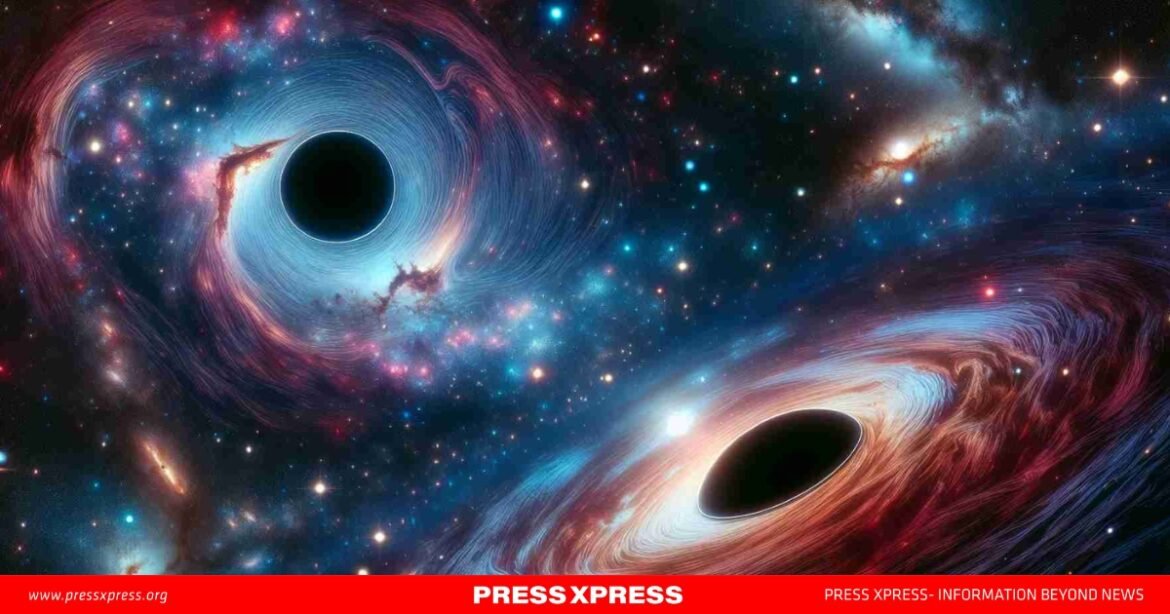For decades, NASA and global scientists have been on a relentless quest to uncover the secrets of supermassive black holes. Despite cutting-edge telescopes, these colossal cosmic entities remain elusive. With masses millions or even billions of times greater than the Sun, supermassive black holes are often shrouded in dense clouds of gas and dust, challenging current detection technologies.
Published in the Astrophysical Journal, recent research reveals that nearly all large galaxies likely house a supermassive black hole at their core. However, about 35% of these black holes remain hidden due to dense gas and dust clouds, which can even obstruct X-rays. Remarkably, the study finds that visible and obscured black holes exist in a 50/50 ratio.
Supermassive black holes emit no light as their immense gravity traps everything, including photons. Yet, their presence can be inferred by observing nearby spiraling gas that outshines surrounding stars. However, this brilliance is often veiled by a torus—a donut-shaped gas and dust cloud. Whether the black hole is visible depends on the angle of observation. Viewed head-on through the torus’s opening, bright emissions are visible. From other angles, the torus blocks most light, concealing the black hole.
NASA employs tools like the Infrared Astronomical Satellite and the NuSTAR telescope, operational since 2012, to uncover these hidden giants. By merging data from both, scientists now possess sharper insights into the enigmatic world of supermassive black holes, bringing us closer to understanding these cosmic mysteries.


